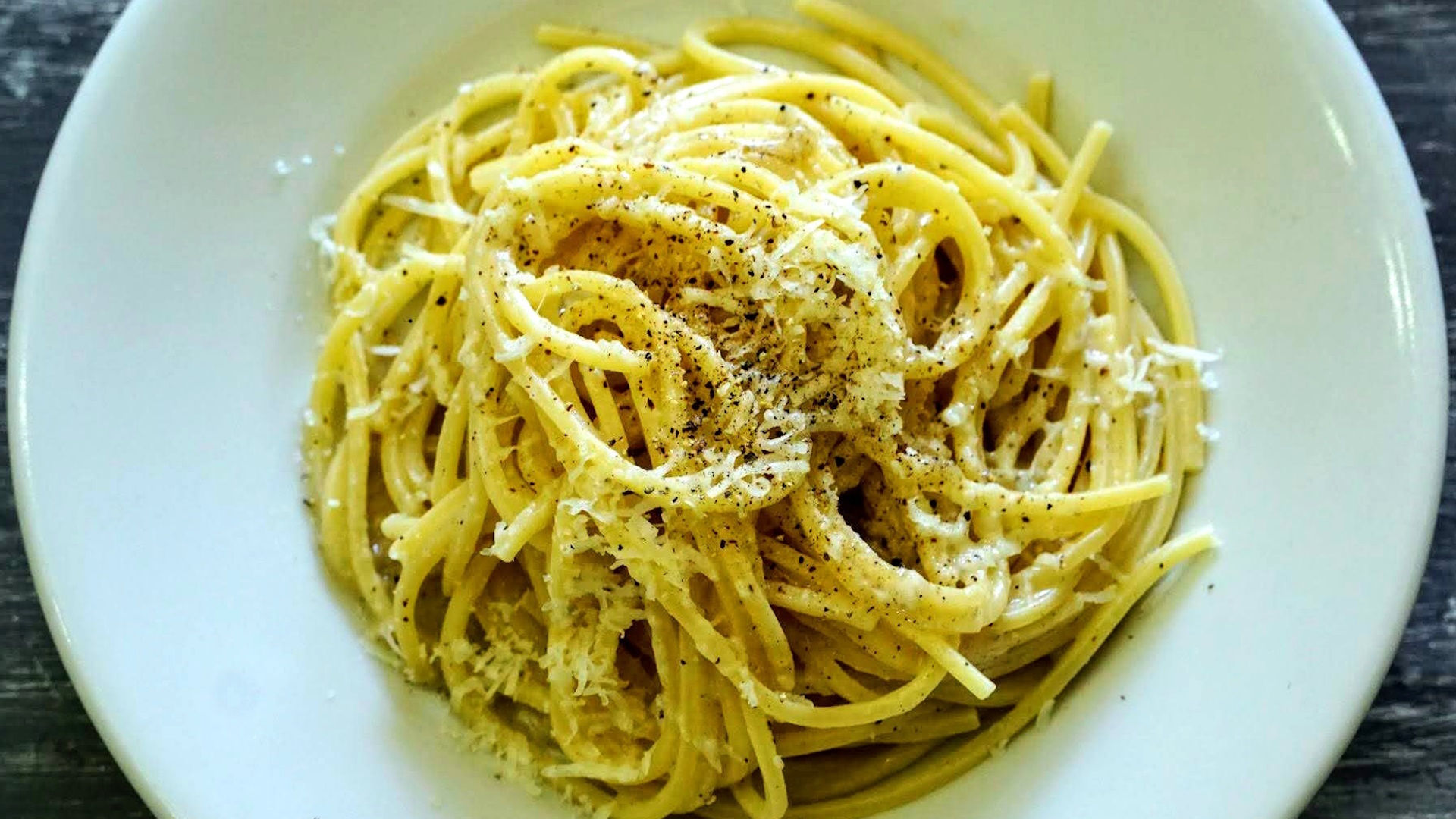You are here
news
The Roman theatre of Ancient Ostia
Location
The Palace of Italian Civilization
Location
Casina del Cardinal Bessarione
Location
Garibaldi Ossuary Mausoleum
Location
Basilica and Complex of the Santi Quattro Coronati
Location
A stone zoo
Una passeggiata per le vie del centro storico alla ricerca di animali simbolici
To spend a pleasant morning we suggest you a stroll through the streets of the old town in search of symbolic animals that evoke myths and historical events. In Piazza del Campidoglio you can admire the animal symbol of Rome: the Capitoline Wolf suckling Romulus and Remus, a copy of the bronze original preserved in the Capitoline Museums. At the foot of the curb that rises to the hill, we have two Egyptian Lions in basalt, in time become bored and changed into fountains; during the feasts, they threw wine of the Castelli instead of water.
Not far away near Palazzo Venezia onto Via della Gatta, so-called because, right on the first ledge on the corner of Palazzo Grazioli, is a statue of an Egyptian cat found a few feet away in the nearby sanctuary of Isis. Legend quotes that in the direction the cat is looking at there should be buried a treasure, but no one managed to find it.
We continue the walk and reach Piazza della Minerva, where stands an elephant, familiarly called the Pulcin of Minerva, the name seems to be a kindness of the word "porcin" given by the Romans to the statue because it was deemed squat.
Left the elephant we head towards the church of St. Louis of France, here on the facade are two salamanders erupting flames. This animal brings us back to an Asian legend according to which the salamander feeds the good fire while extinguishing the harmful one.
Not far from in the square of Sant'Eustachio a deer's head with a cross between the antlers is just above the church of Saint Eustachio. A medieval legend, linked to this statue, tells the story of Placido, a Roman military commander who was baptized and changed his name into Eustachio, after seeing the apparition of a cross with the image of Christ between the antlers of the deer he was going to kill.
The baroque church of Sant'Ivo alla Sapienza is full of heraldic symbols: the Borghese eagles, the Boncompagni dragons and the Barberini bees. The bee, dominant element of the church, also recurs in the fountain designed by Bernini, at the intersection with Via Veneto and Piazza Barberini, where we find three bees surmounted by a large shell.
Our tour ends in Piazza Mattei where we can admire the Fountain of the Turtles made in late 1500 on a project by Giacomo della Porta is linked to a romantic legend. It seems, in fact, that the duke Mattei wanted to prove to the father of his beloved to be a powerful man, contrary to what they deem, he built the beautiful fountain in front of his windows within a single night. Turtles were added later, in 1658, probably by Bernini, have been stolen several times, but always recovered and returned to their place. When, in 1981, it was again stolen a turtle, it was decided to replace them with copies, while the three surviving originals are preserved in the Capitoline Museums.
The Turtle Fountain
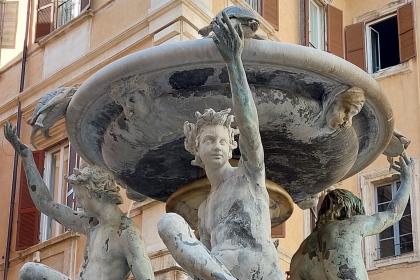
 Condividi
Condividi
The heart of Rome: Piazza Navona and Campo de' Fiori
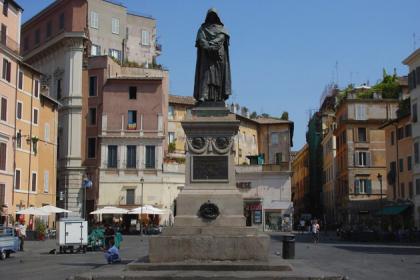
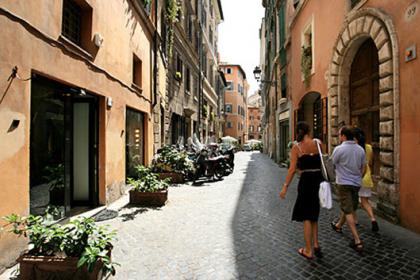
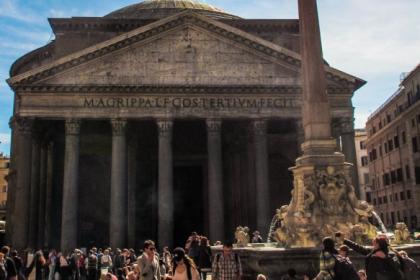
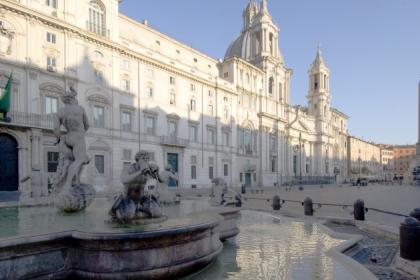
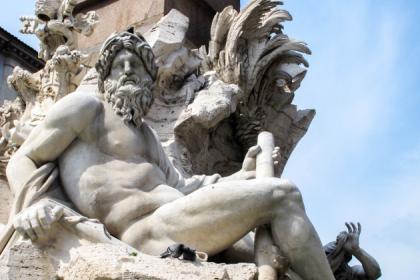
 Condividi
Condividi
The Capitoline museums
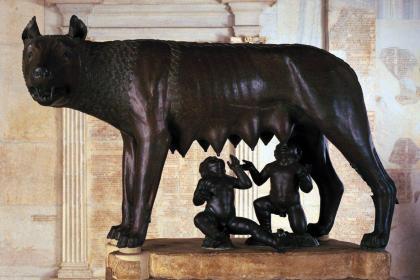
 Condividi
Condividi
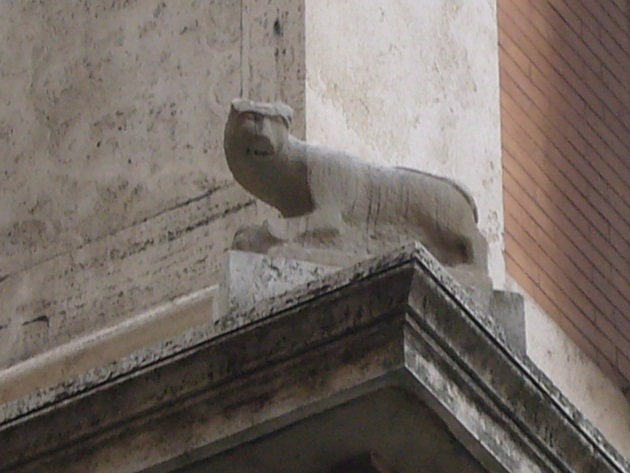
Spaghetti with cacio cheese and pepper
Una ricetta semplice ma carica di storia
There are various strands running through and constituting the spirit of Roman cuisine. One of these is known as "burina" (a type of cheese) and the name is a reference to the rustic popular aspect of many of this style of cooking’s dishes, and to its genuine ingredients which come in large part from kitchen gardens or the pastures of the agricultural areas around Rome the city.
This is one of Rome’s most striking types of cuisine and its recipes are very successful. You only have to consider all the many and varied ways of preparing meat, including the lamb abbacchio, and the first courses, which have always been the first love of Roman people.
Who has never heard of or tried pasta recipes such as bucatini all’amatriciana, penne all’arrabbiata, or fettuccine alla romana, made with homemade pasta and therefore firm and elastic, or spaghetti alla carbonara?
In confirmation of the ancient Roman affection for its pastures which have always led to the production of top quality meat, there are still a number of excellent dairies producing cheese, some bearing the PDO label, like pecorino romano (a sheep's milk cheese) and a number of Slow Food approved products such as two cheeses with origins dating back to ancient Rome: caciofiore from the Roman countryside, and marzolina.
From the very many ancient recipes we would like to pick out one that is simple but loaded with history and takes only fifteen minutes to prepare. It is very tasty and owes its fame to the sheep's milk cheeses produced throughout Lazio: spaghetti with cacio cheese and pepper, or spaghetti a cacio e pepe. Let's go to the cooker.
The recipe: Spaghetti a cacio e pepe
Ingredients for 4 people: 400g of spaghetti 100g of grated pecorino romano, black pepper – we recommend Malaysian Rimbàs black pepper (recognised by the International Slow Food foundation), salt.
How to make it
For a perfect cacio e pepe pasta you must not only season the cooked pasta with the grated cheese, but also mix a little of the water the pasta was cooked in (rich in starch) with the cheese, making it melt until it forms a kind of cream; this is the special part of this recipe. In a fair sized bowl place the pecorino romano PDO and ground black pepper. It is even better if the pepper is freshly crushed using a mortar and pestle. Cook the pasta in boiling salted water, drain when al dente using a ladle with holes in order to retain a little of the cooking water. Next place the pasta into the bowl with the cheese and pepper and immediately add a ladle of water left over from cooking the pasta. Mix quickly so that the cheese melts in the water, adding more water if necessary. Serve immediately preferably on warm plates, and dust with ground pepper.
Suitable pasta
The original recipe requires the use of spaghetti, but over the years a multitude of variations have sprung up, not least because in everyday cooking the recipe is frequently prepared with whatever type of pasta happens to be in the cupboard. So, there are versions using rigatoni, tonnarelli and even egg pasta such as tagliolini or spaghetti alla chitarra, which aid the creamy quality of the dish.
Where to eat it
In Rome there are various trattoria and restaurants in the Osterie d’Italia guide that serve this recipe. Amongst these we recommend: L’Enoteca Regionale del Lazio Palatium, in Via Frattina 94 and Flavio al Velavevodetto in Via di Monte Testaccio 97, with the version using tonnarelli. Also La Trattoria Cadorna, in Via Cadorna 12, and the Trattoria degli amici a Trastevere in Piazza Sant’Egidio 6, with the classic spaghetti version.
Outside Rome we recommend:
Ristorante Cacciani in Frascati L‘Oste della Bon’ora in Grottaferrata La Scuderia in Genzano di Roma Taverna Mari in Marino.
